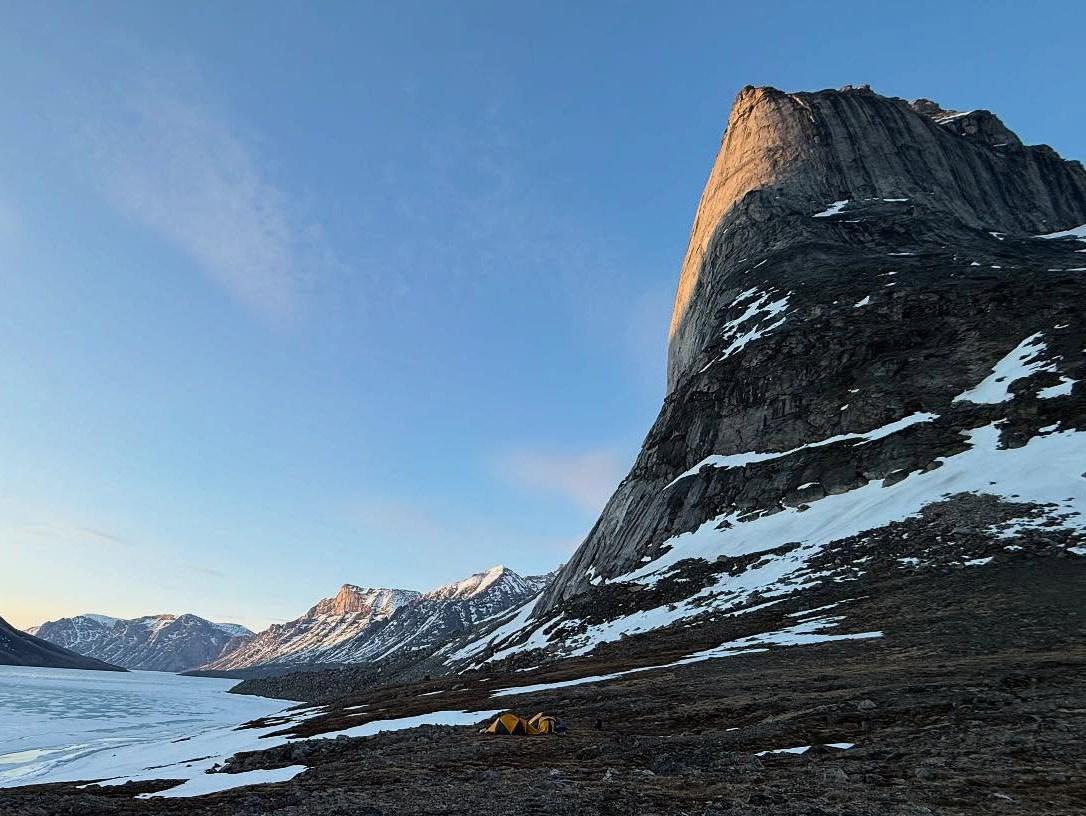Photos by Julia Cassou
In February–March 2025, an international all-female team — Fay Manners (UK), a 2024 jury member of the Steel Angel Award; Caro North (Switzerland); Julia Cassou (France); and Argentinian climbers Belén Prados and Rocío Rodríguez Guiñazú — set out on an exploratory expedition to the remote Turbio IV valley in Patagonia.
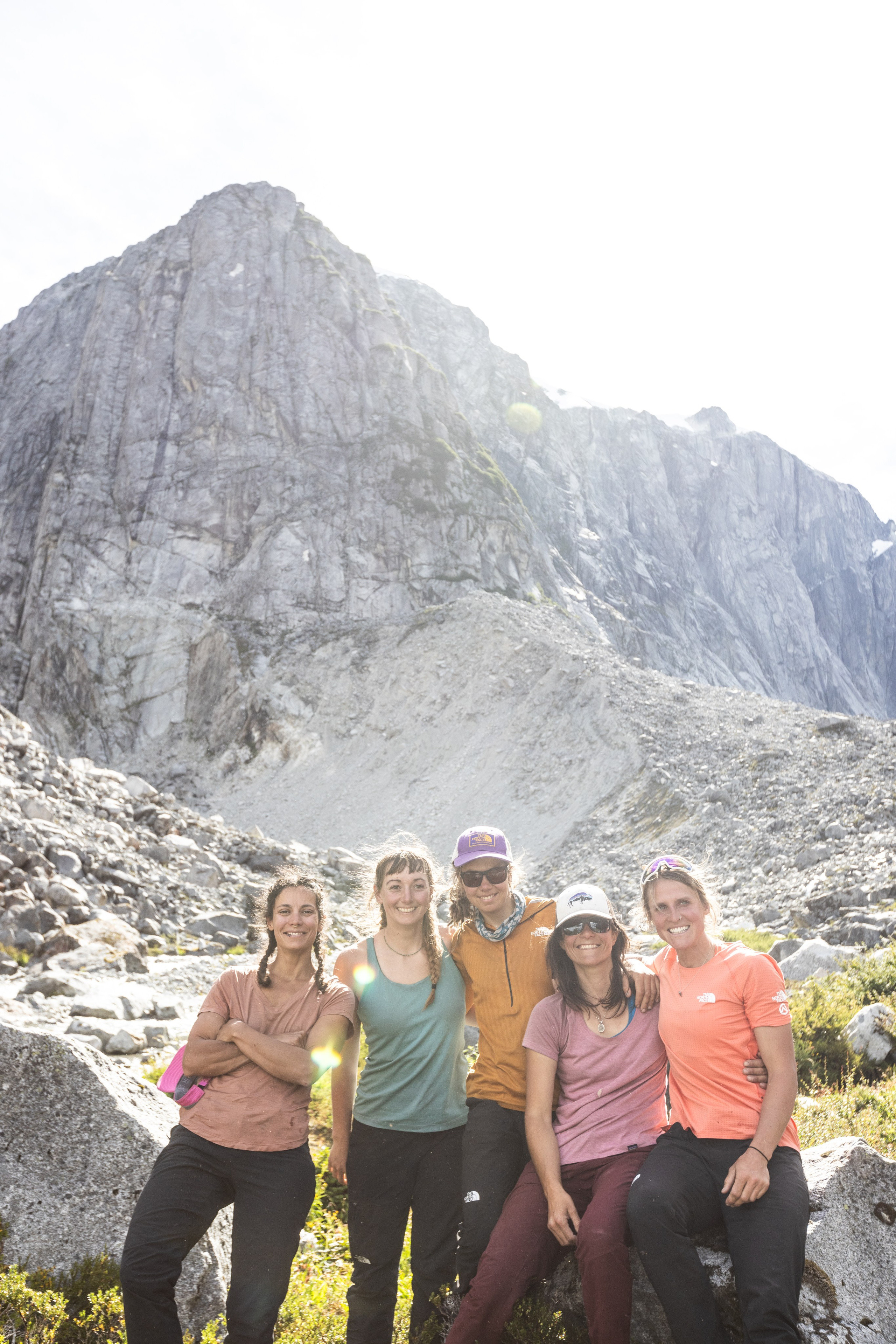
During this expedition, the all-female team completed the first ascent of the previously unclimbed El Cohete peak, establishing a 600-meter line up the center of the southwest face. They named the route Apollo 13. Most pitches are in the 6c/7a range, with crux sections reaching up to 7b+.
“We spent five weeks there. It was long, hard, cold, and wet — but absolutely incredible, ” recalls Fay Manners.
“We wanted to climb something real, something untouched. Not just follow the classic lines but find our own. And we did, ” adds Caro North.
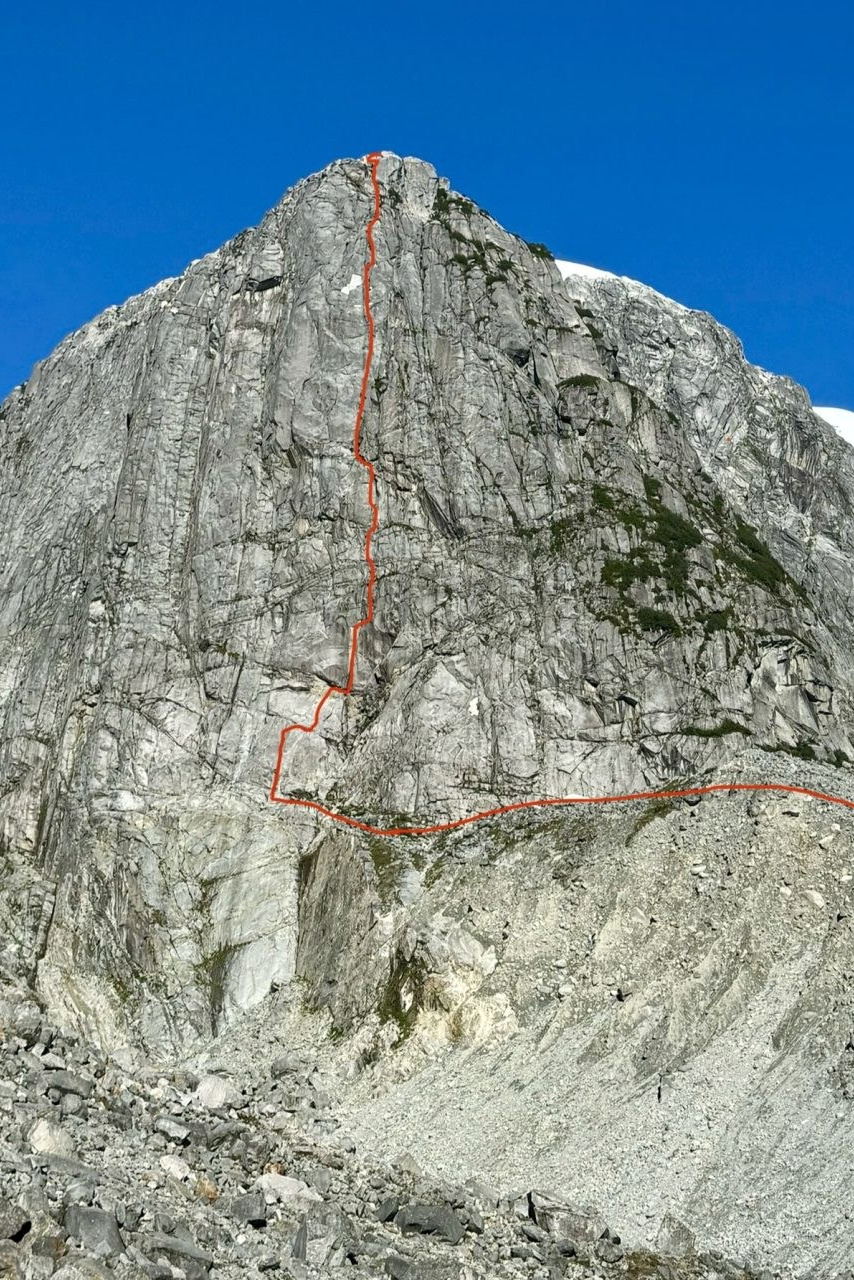

Expedition into the Turbio IV Valley
Turbio IV is a hidden gem of Patagonia, tucked away in the shadows of Cerro Torre and Fitz Roy. Often described as a “lost paradise, ” this valley remains one of the few unexplored corners of the region, offering true first ascent potential.
Getting there is an adventure in itself: a three-day approach involving horseback travel and bushwhacking on foot through dense forest, river crossings, and suspension bridges. The team’s five-week stay followed the rhythm of storms, weather windows, and consistent work on the wall.
Here is the team’s account of the adventure:
Patagonia is renowned for its beautiful mountains and harsh weather. In the shadows of iconic peaks like Cerro Torre and El Chaltén (Fitz Roy) lie lesser-known valleys hiding true gems.
After hearing tales from the first visitors — Leo Viamonte, Seba de la Cruz, and other locals who ventured into the Turbio IV valley in the 1980s — we were inspired to explore this corner of Argentina ourselves.
We are a team of five women from different countries and backgrounds, united by a deep passion for climbing and exploration: Belén Prados (Argentina), Caro North (Switzerland), Fay Manners (UK), Julia Cassou (France), and Rocío Rodríguez Guiñazú (Argentina).
At the end of January, we began our expedition. Two days of trekking and horseback travel — including a few sketchy river crossings — brought us to “la horqueta, ” where the Turbio II, III, and IV rivers converge.
A little farther up, deep in the forest, lies Refugio Don Ropo — a rustic wooden hut built and maintained by Osvaldo and Gabriel Rapoport. This became our launch point for entering the Turbio IV valley. From there, we transferred gear from the horses to our backs and hiked one more day to reach the upper hut, Refugio Don Chule.
Following narrow trails through dense forest and crossing two Tyrolean traverses, we arrived at this picturesque and cozy hut — built by local climbing pioneers and legendary climber Sebastián de la Cruz. This place became our basecamp for the next month. Especially on rainy days, we were incredibly thankful for such a luxurious shelter.
We used the first few days to explore the valley, check out different walls, revisit and repeat existing routes to get a feel for the granite.
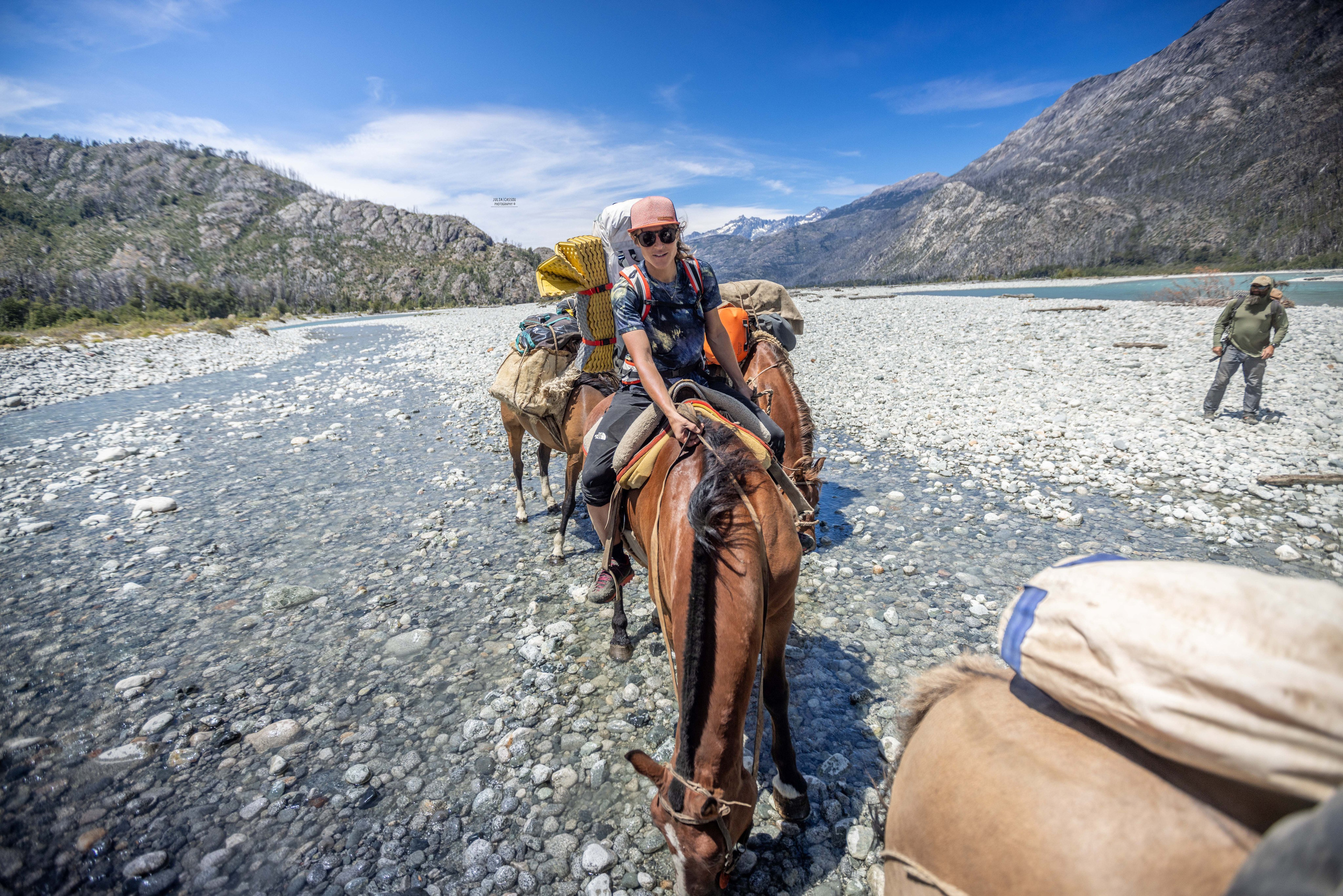
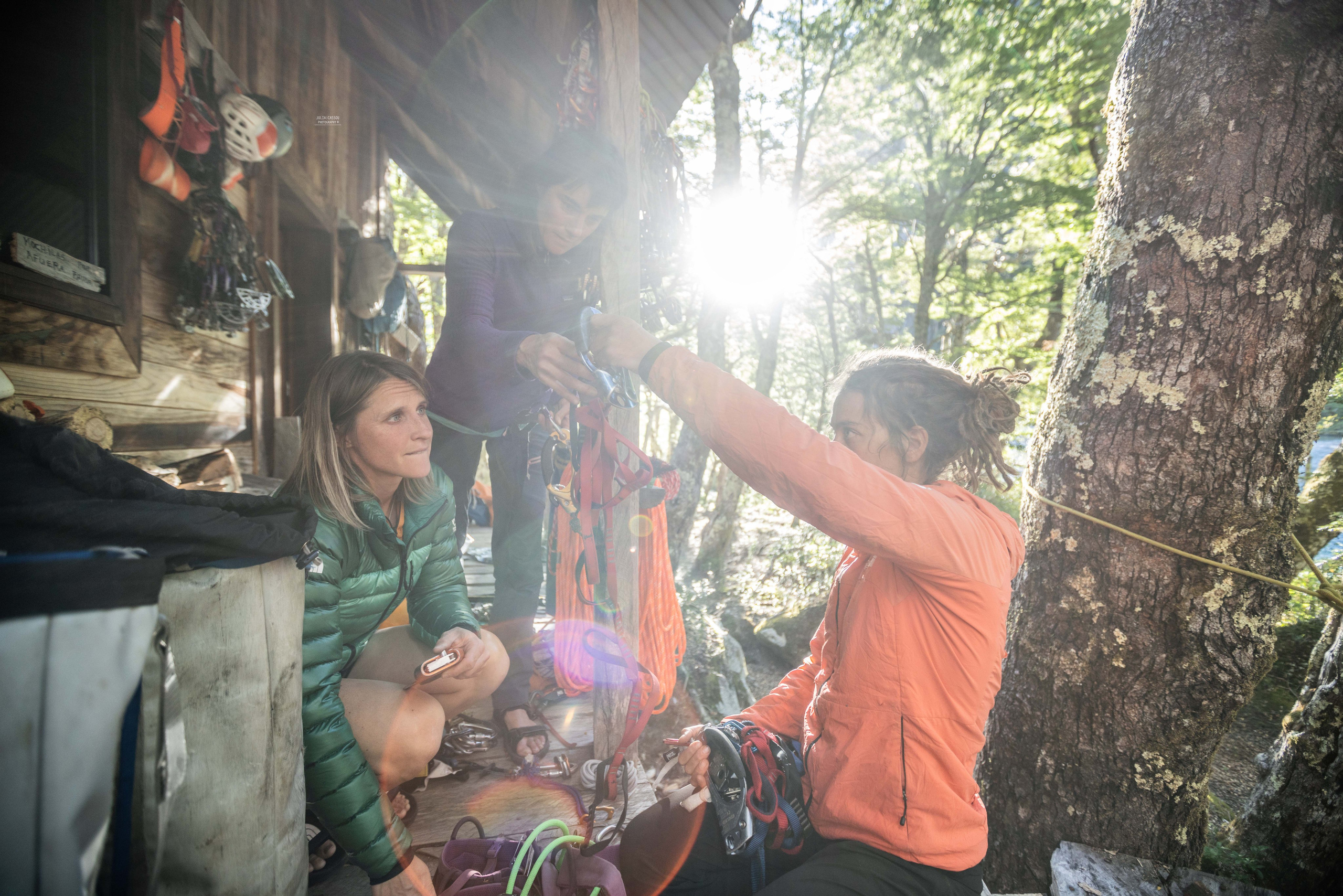
Eventually, we moved our bivouac to Laguna Mariposa to begin establishing a new line on El Cohete, a peak that had not yet been climbed. We started fixing some pitches and opening ground, but heavy rain forced us to retreat to the hut for shelter.
We were lucky that the rain never lasted more than two days, and between storms we had short windows of good weather we used to push the line further. During the breaks between bad and good weather, we would hike down to restock from the supplies the horses had dropped at Refugio Don Ropo.
These breaks also gave us the chance to enjoy Osvaldo’s amazing tortas fritas and a hot shower — heated with firewood by him and Fede. The warm, welcoming atmosphere always made it hard to leave.
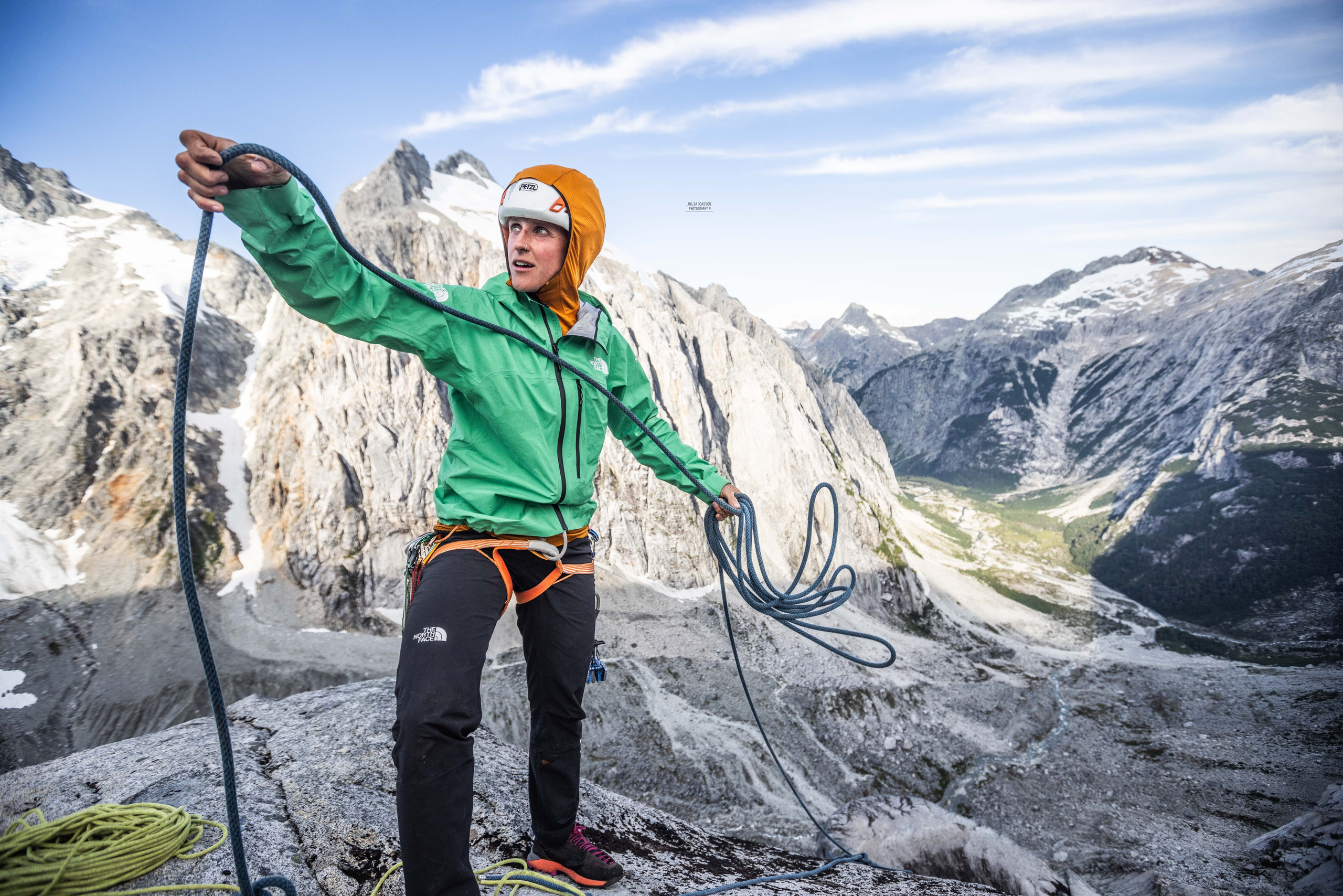
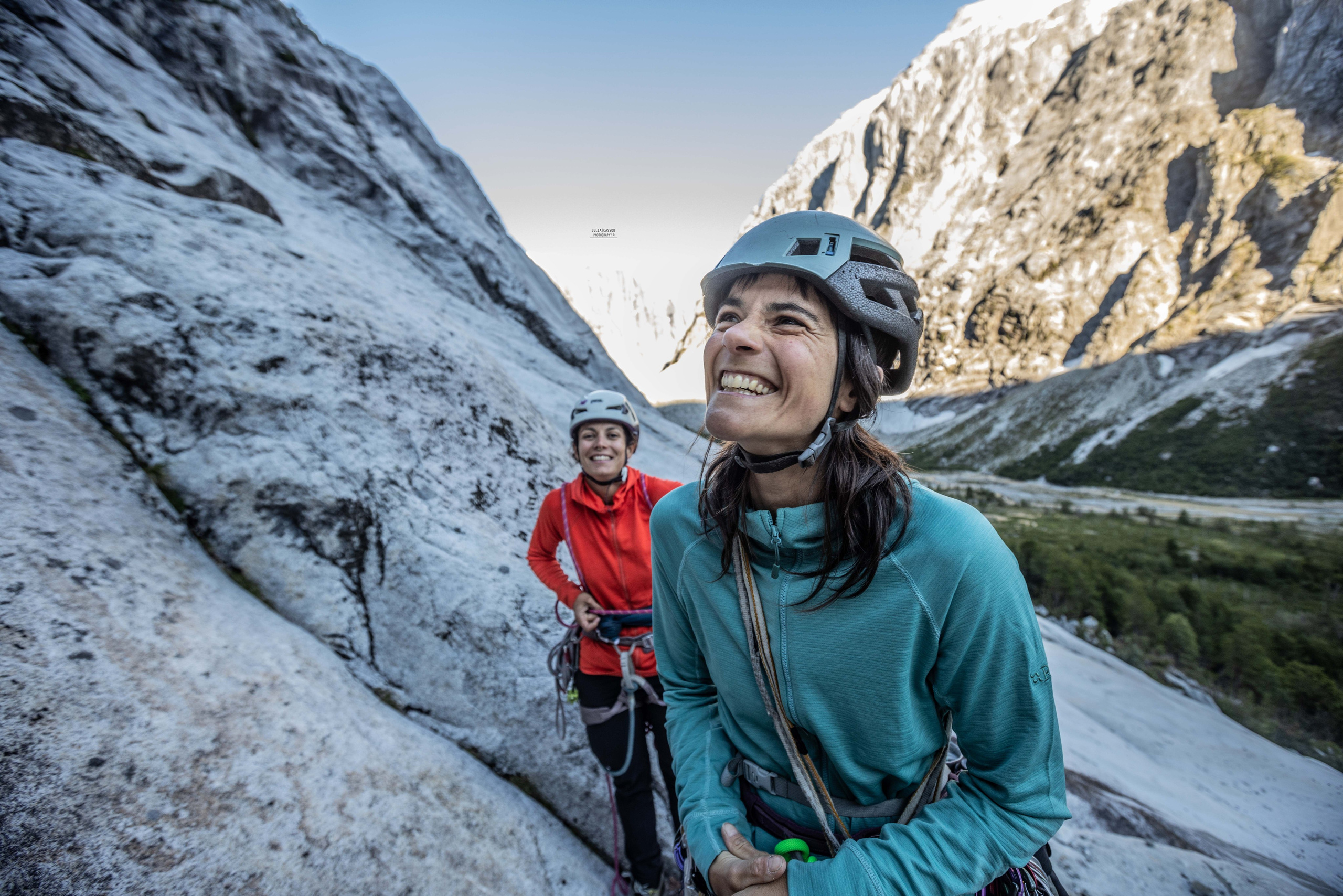
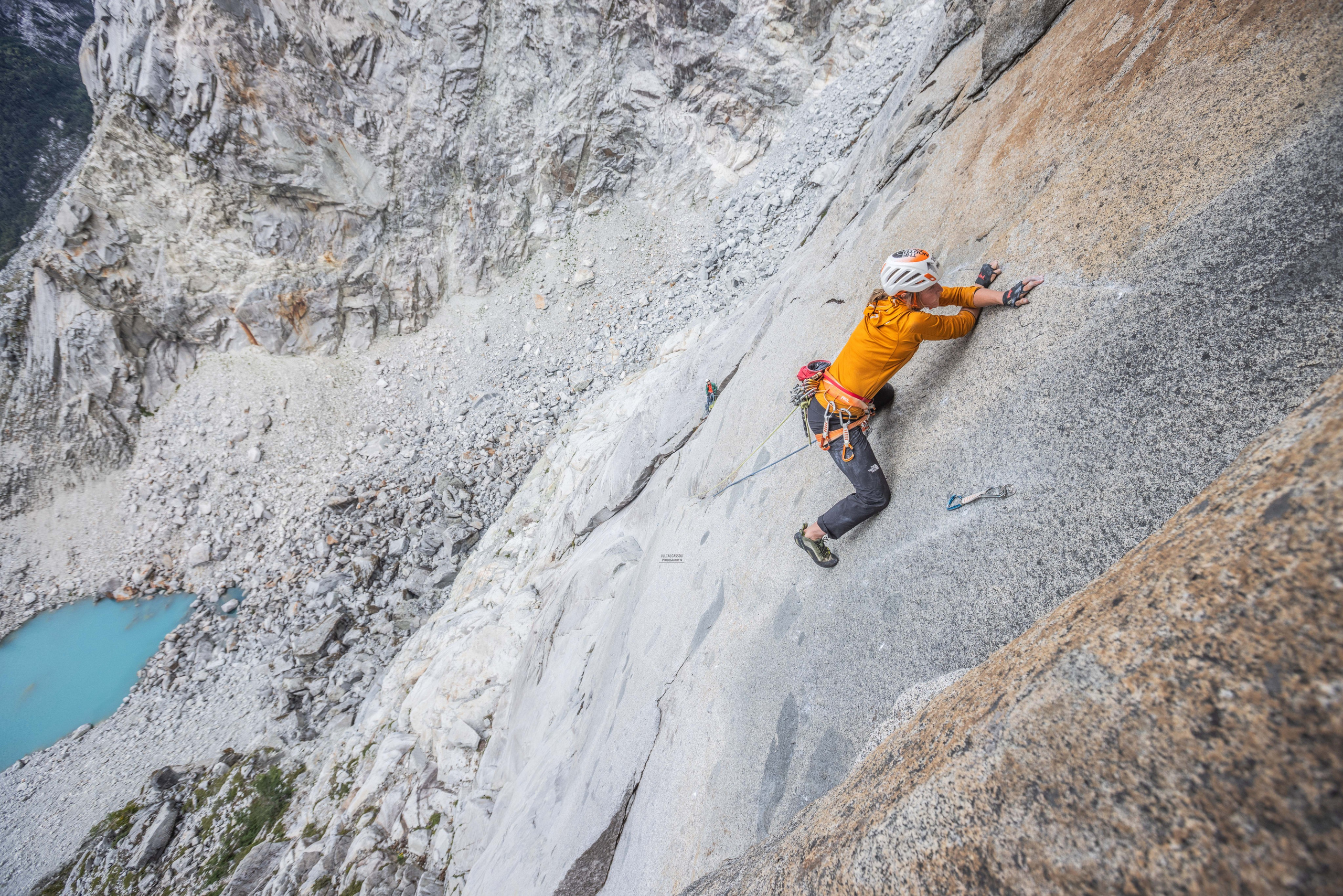
On the wall, our goal was to create a route that would be enjoyable and appealing for future climbers. That meant a lot of cleaning: the cracks were packed with plants and deep roots, while the slabs were coated in lichen. As we advanced into the unknown, we also spent time refining the lower pitches to ensure they would be pleasant to climb. It was a huge amount of shared labor between the five of us.
Though establishing the route required significant effort — bolting anchors and cleaning cracks — the final line is clean, logical, and entirely free climbable for future ascents. While the opening involved a fair amount of aid, the cleaned sections now offer incredible, varied, and sustained free climbing up to 7b+.
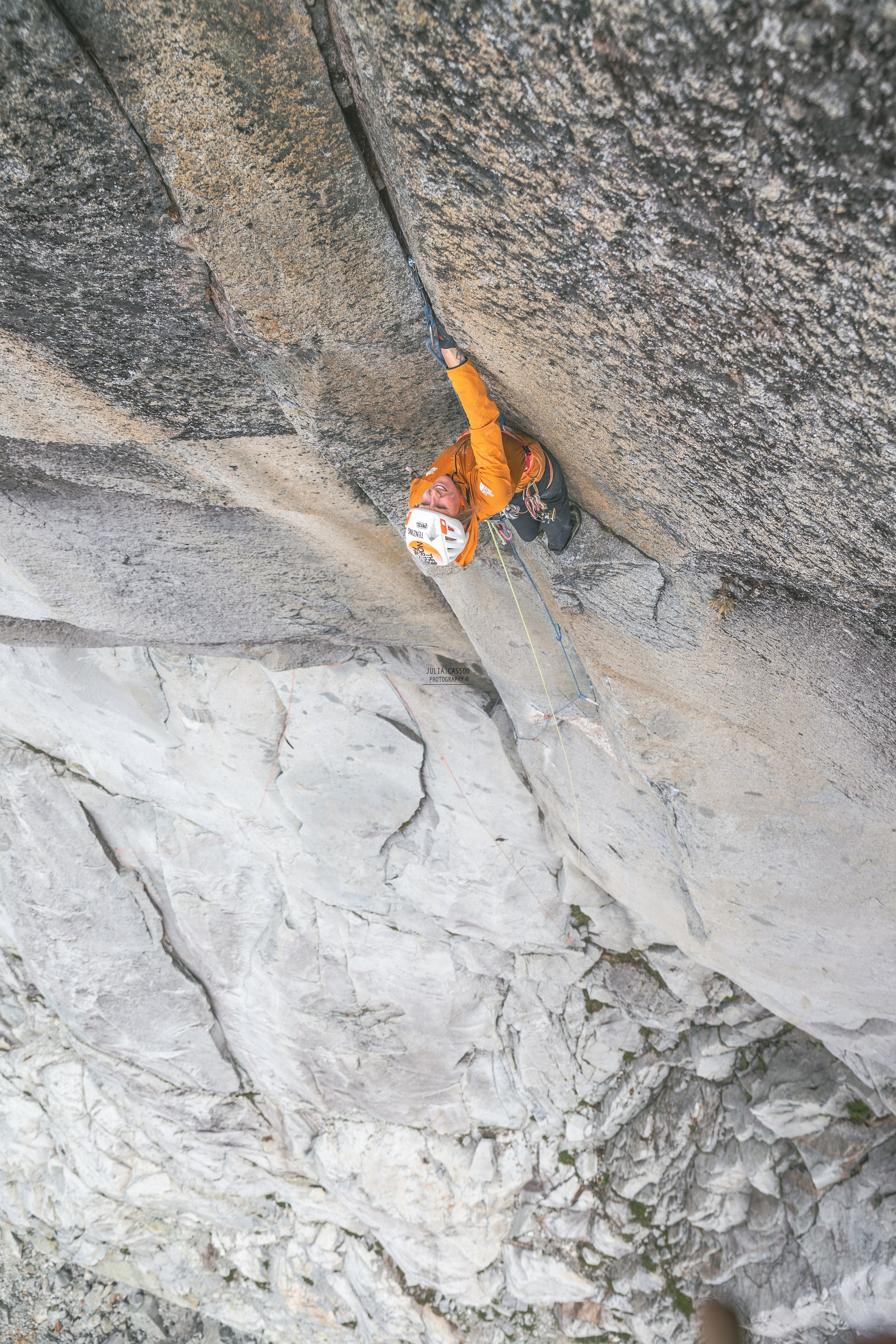
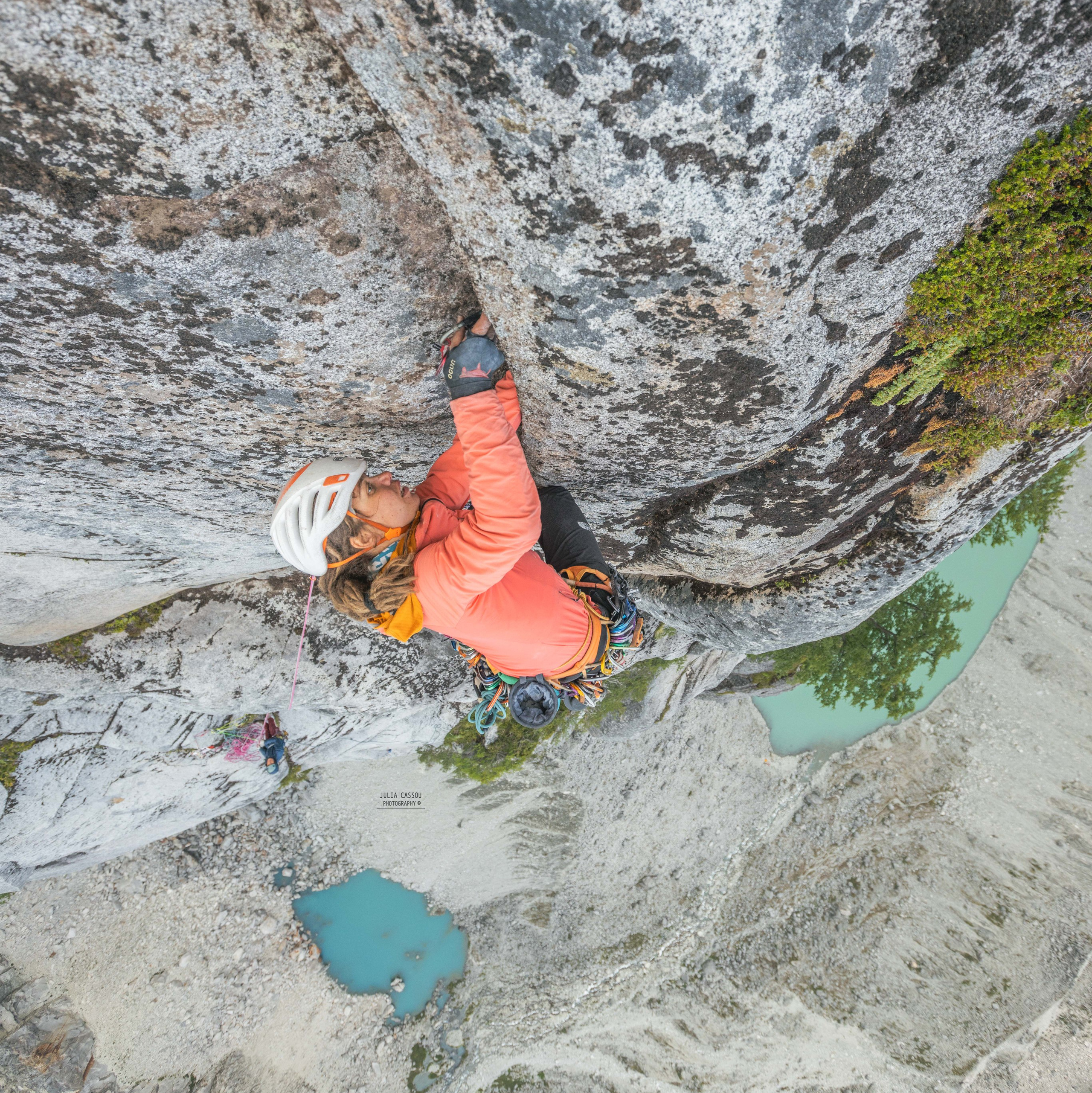
he rock quality on every pitch, the variety of corners, cracks, flakes, and slabs we encountered — it was all truly impressive! Most of the line is sustained 6c/7a climbing with mobile protection. We only placed bolts to protect runouts. The 600-meter line is split into 13 pitches (most around 50 meters long), leading to the summit of El Pilar del Cohete.
From there, we continued on a 650-meter AD 4a ridge, scrambling up to a snowy crest and reaching the true summit.
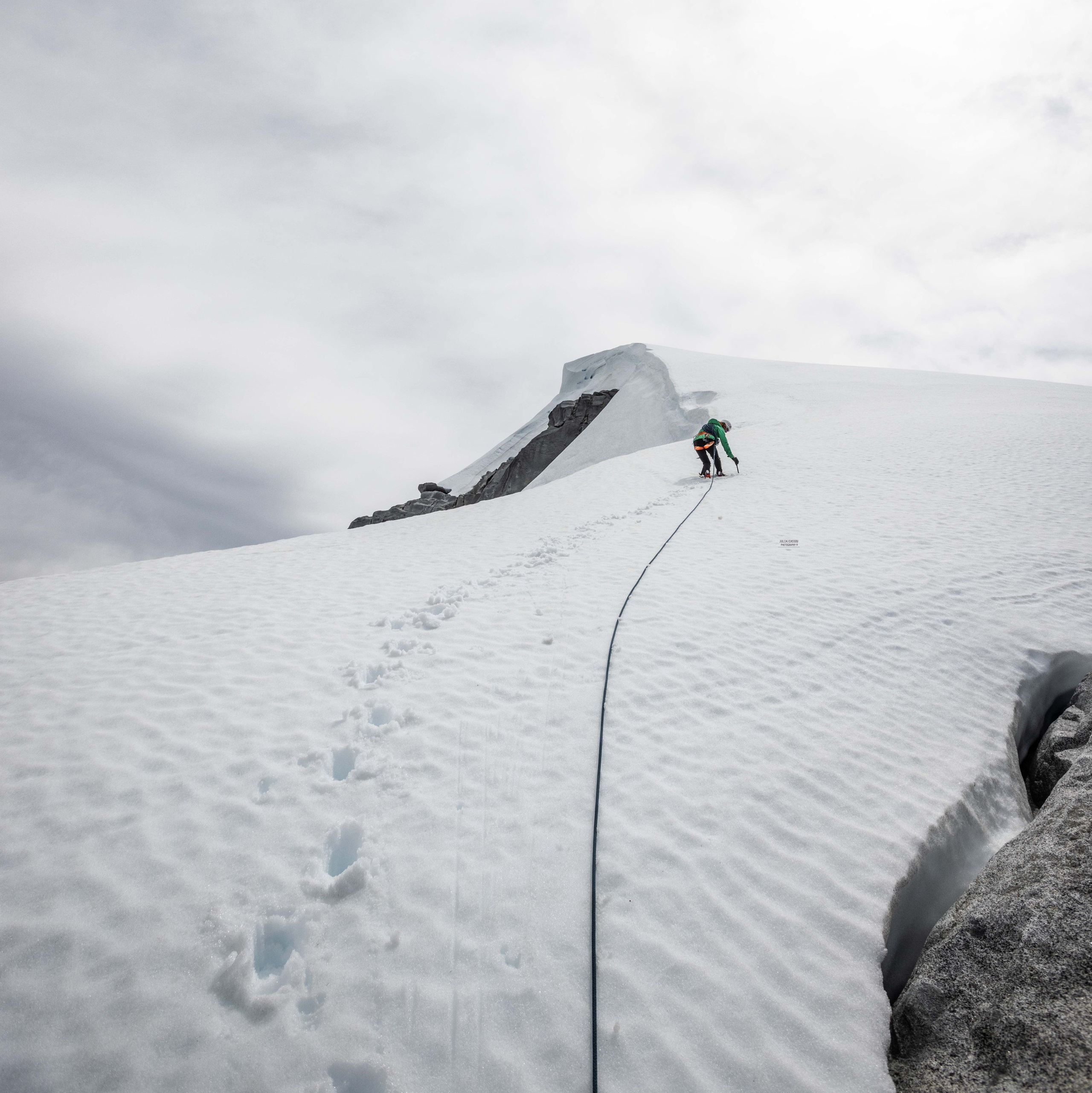
More than a month of hard work, logistics, and tactical decision-making paid off. In the end, we created Apollo 13 (7b+). The route is equipped with 10 mm stainless steel bolts, two at each belay station, and fully bolted for rappelling. We added protection bolts in a few sections to keep the climbing safe and enjoyable.
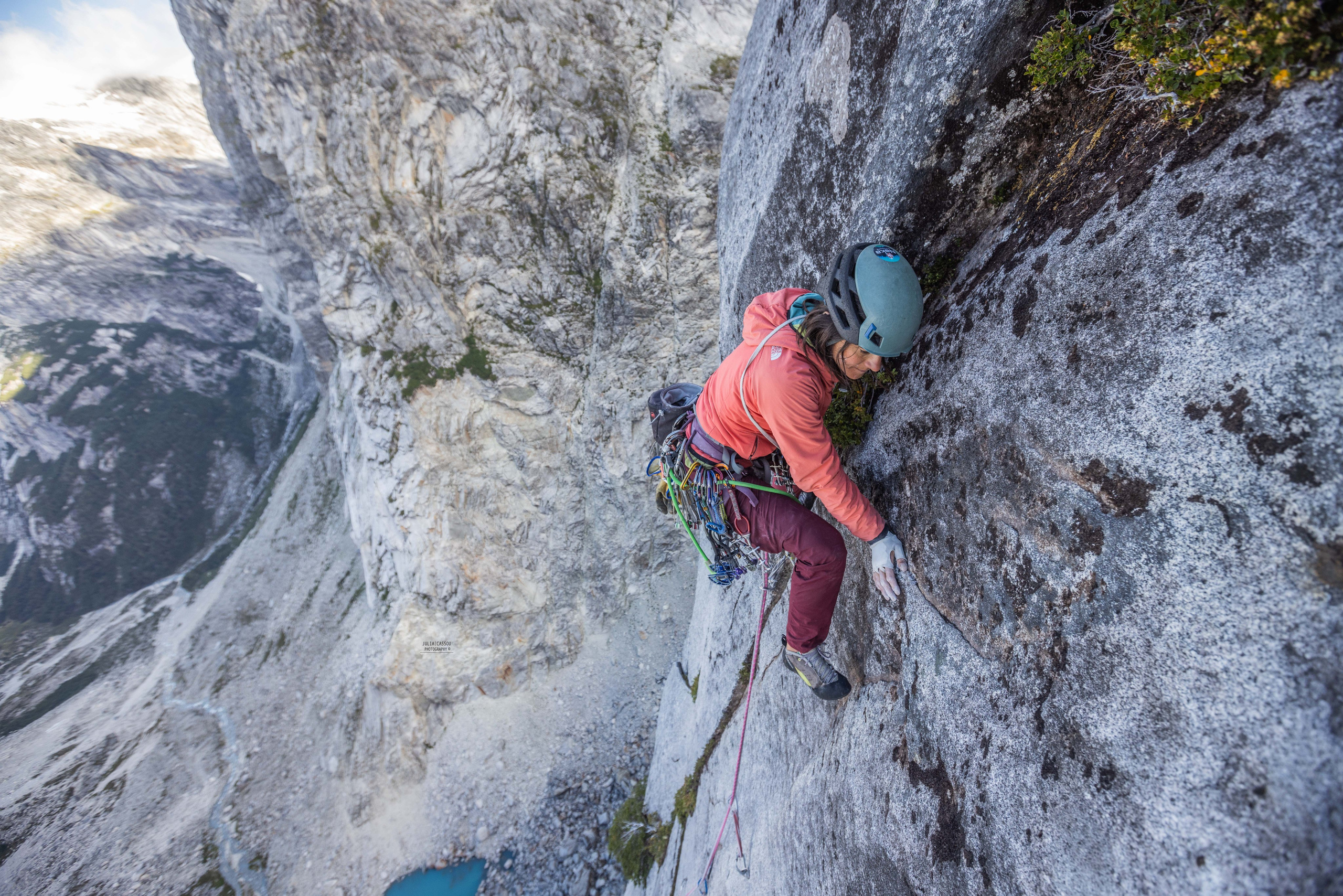
But the adventure didn’t end there. After the usual loads and hike-out at the end of the expedition, we had the opportunity to descend the entire Turbio river by packraft all the way to Lake Puelo. One full day of paddling (Class I river) through pristine wilderness tested our land legs and brought us safely to the port — where another boat awaited us for the final crossing of the lake, back to civilization.
Women’s mountaineering around the world
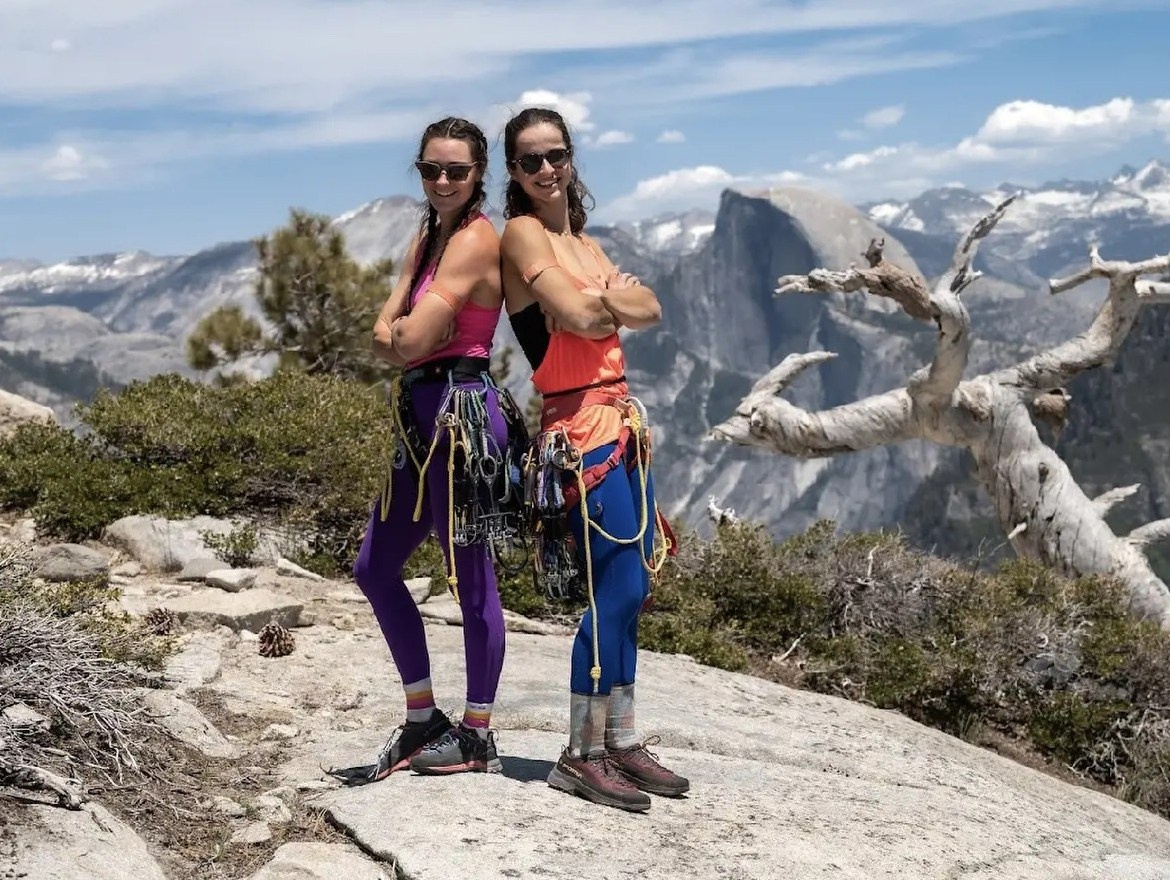
«Тройная корона» Йосемити за сутки: первый женский рекорд
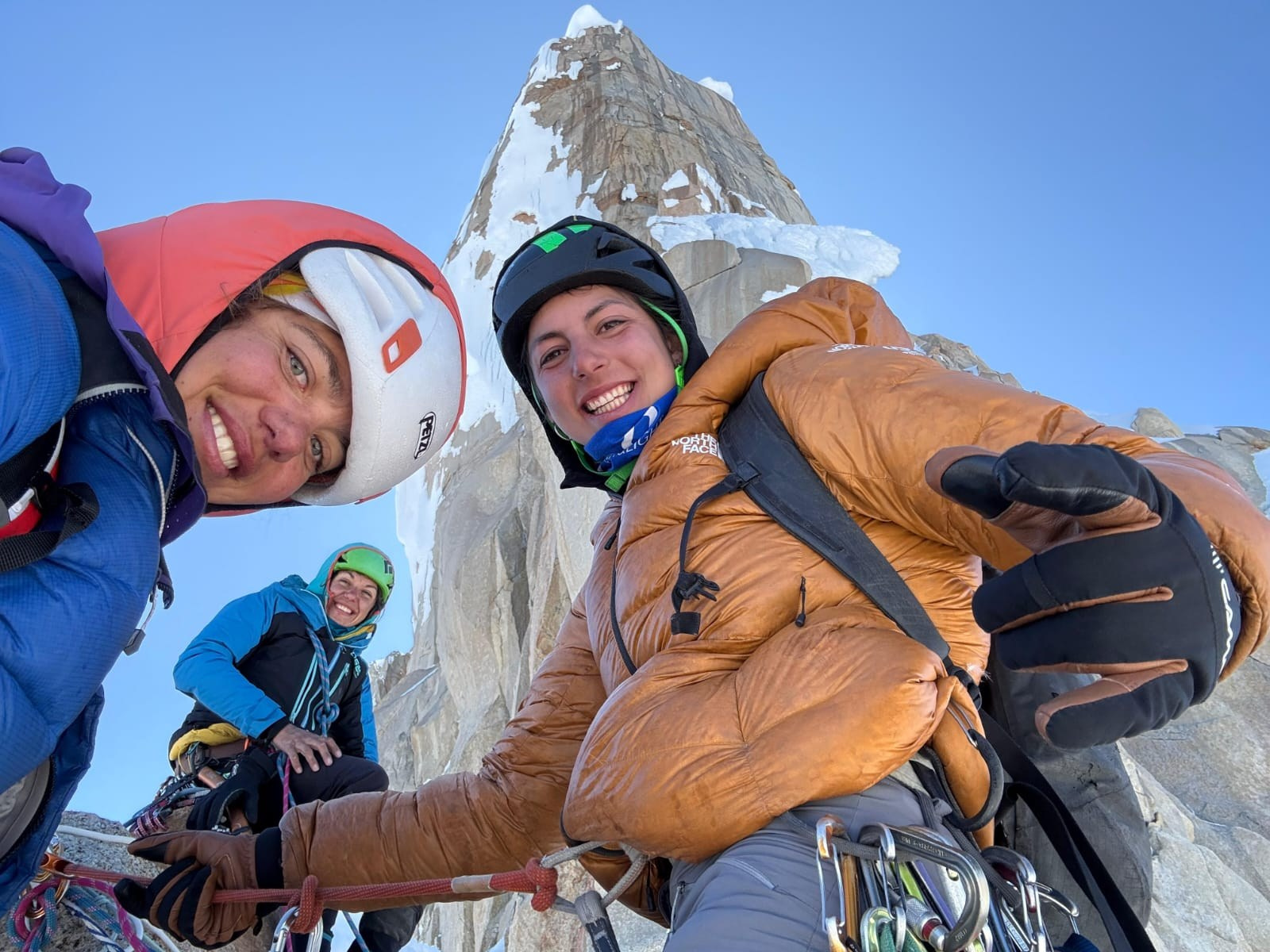
Правильное решение — это то, которое принимаешь в моменте

First ascent of Lalung I completed by Slovenian all-famale team
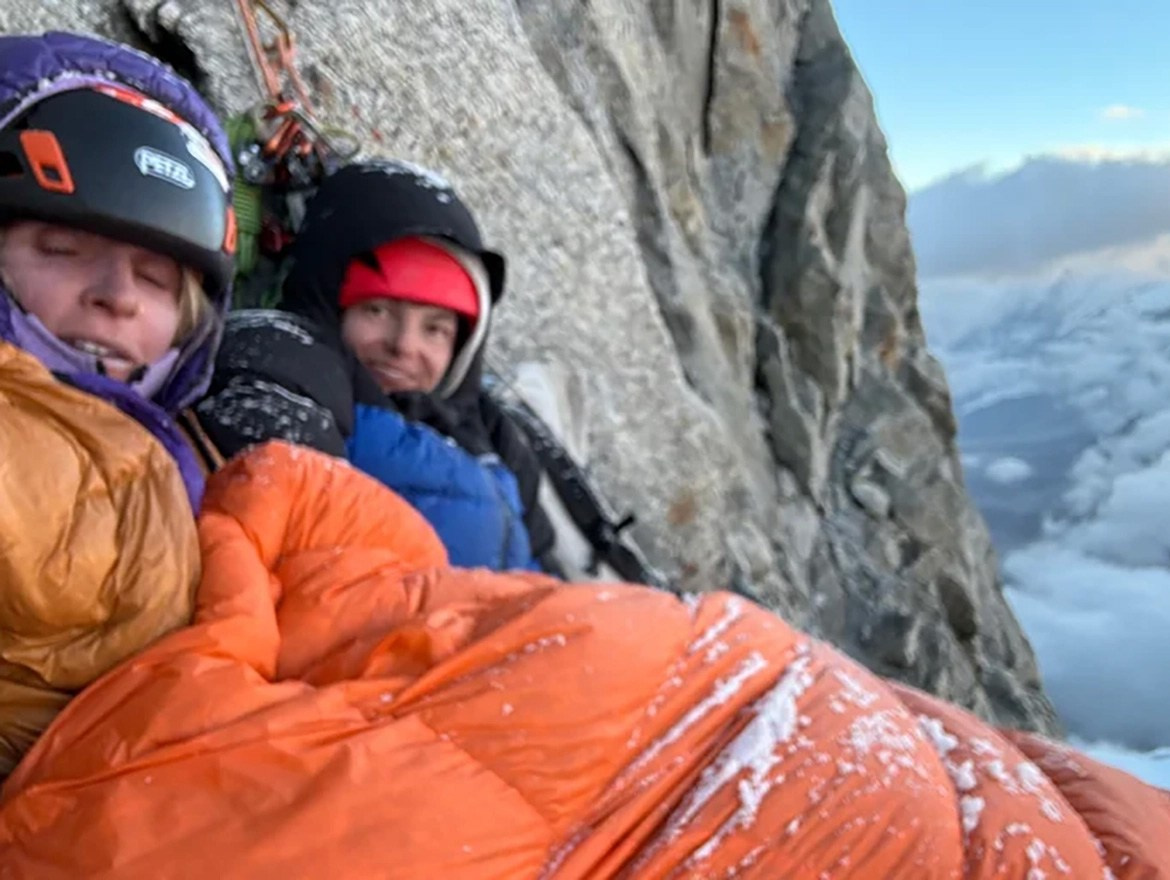
Чем больше мы страдали, тем крепче становились наши отношения
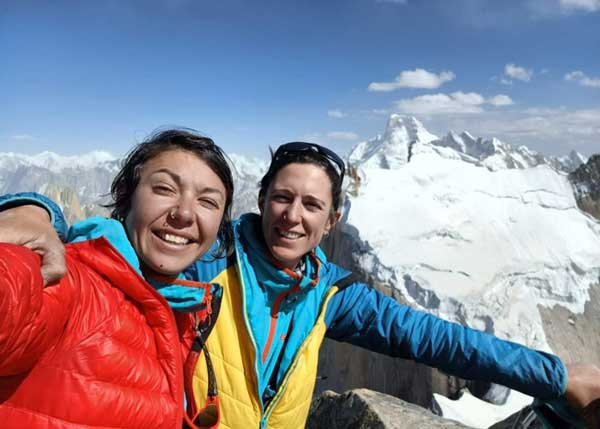
Spanish all-female team have climbed Eternal Flame route on the Nameless Trango Tower
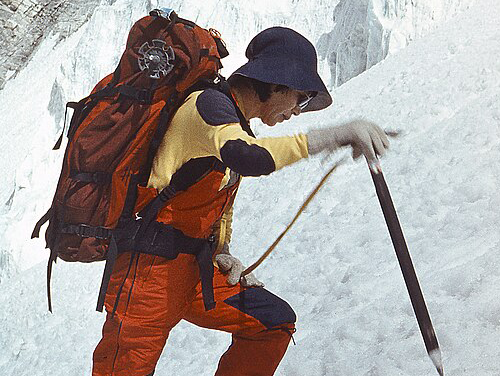
Достижение духа, а не тела и обстоятельств
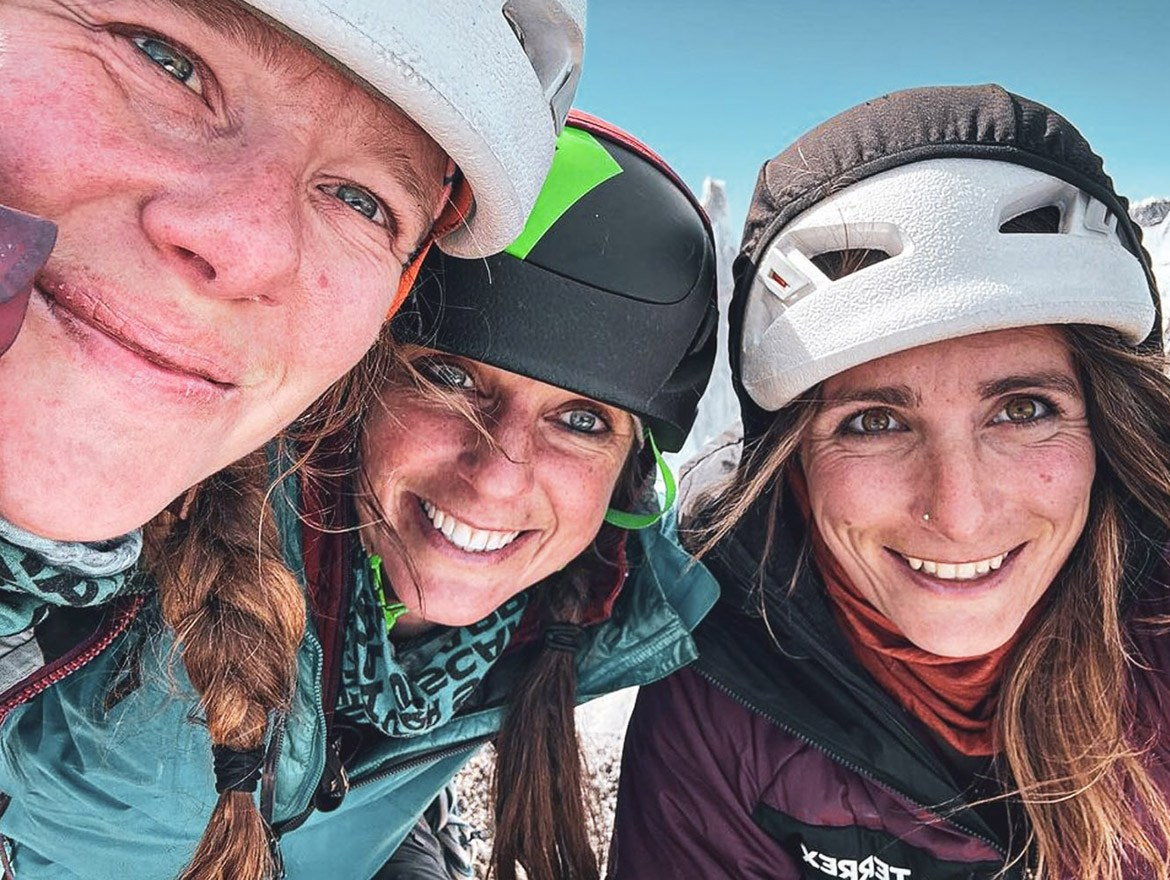
French all-women team have climbed Filo Sureste route on Cerro Torre
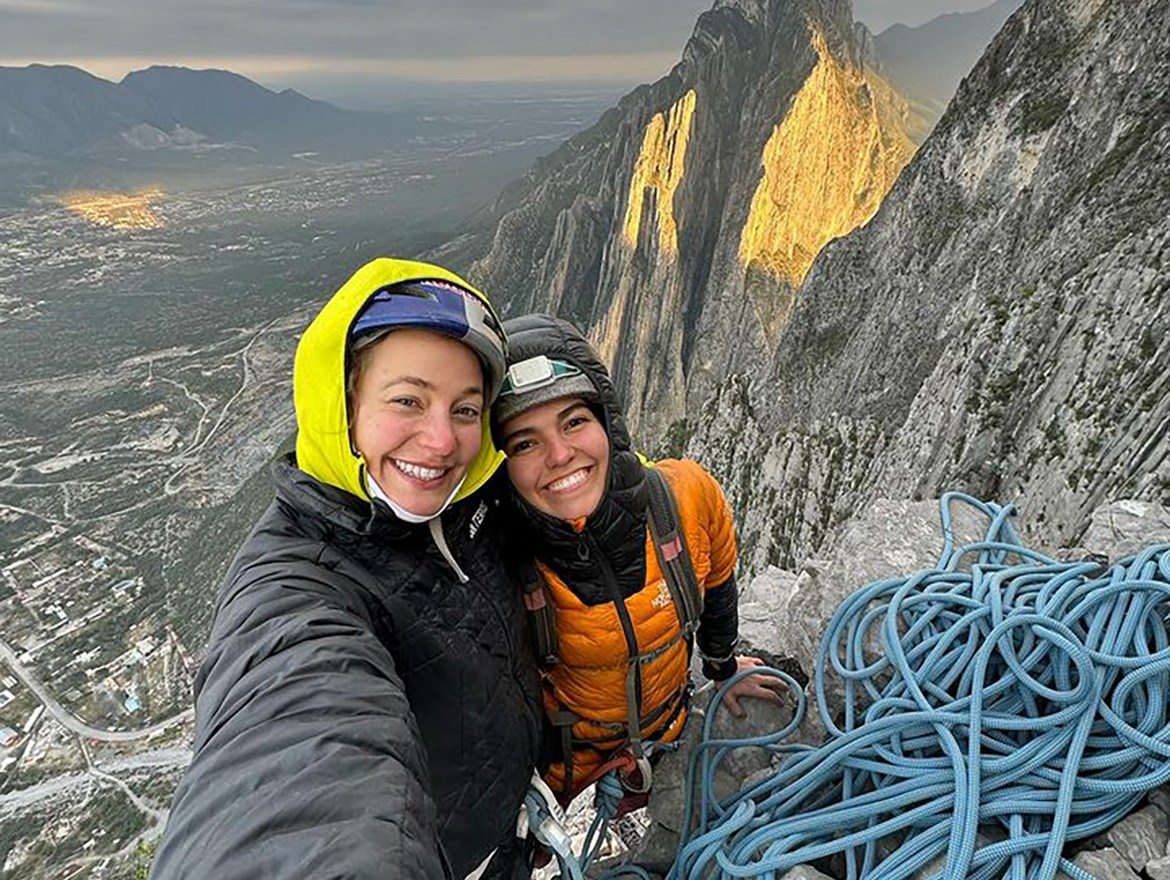
Sasha DiGiulian and ‘Mango’ Ordonez have climbed the Sendero Luminoso route
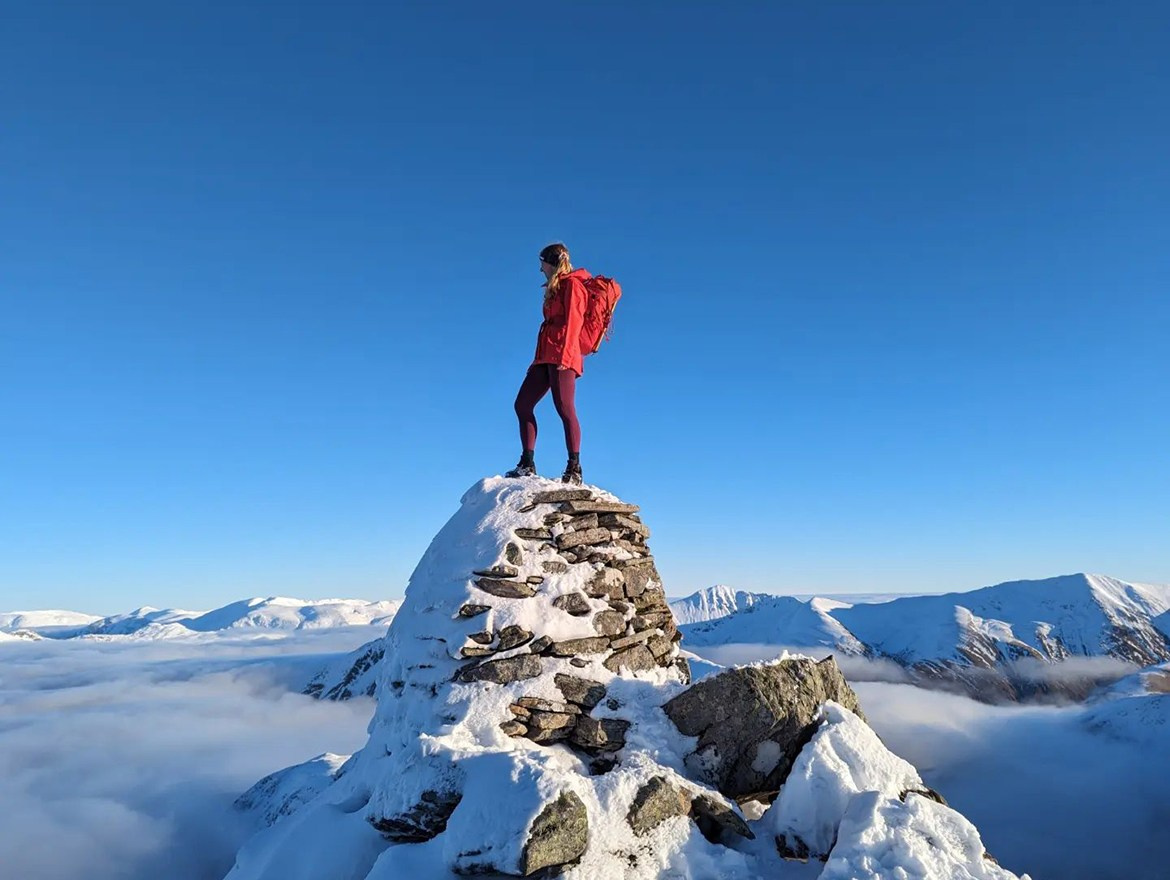
Зимние Мунро Анны Уэллс
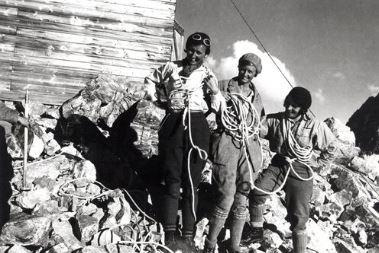
Самые значимые достижения в истории британского клуба «Pinnacle Club»
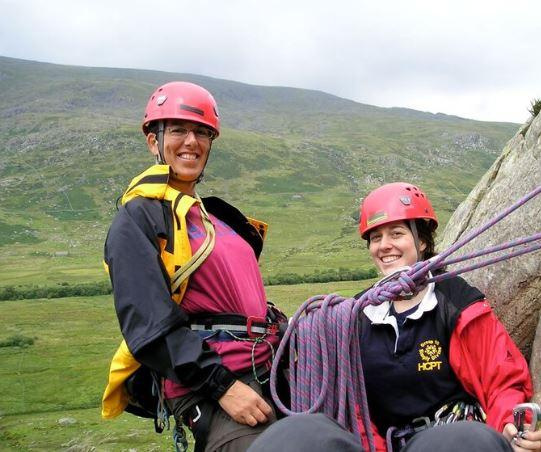
Совместные тренировки женщин в альпинизме
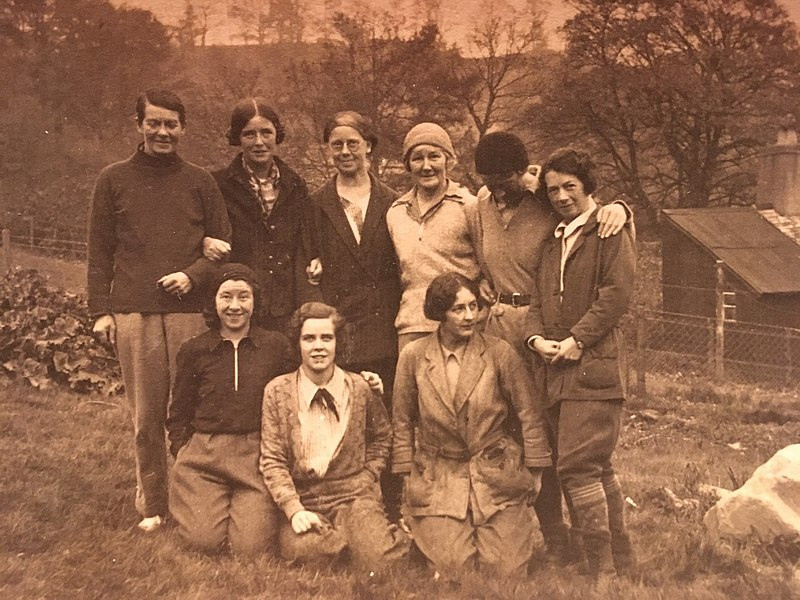
100 лет альпинистскому женскому клубу «Pinnacle Club»

Проект 100% Women и мировой женский рекорд
